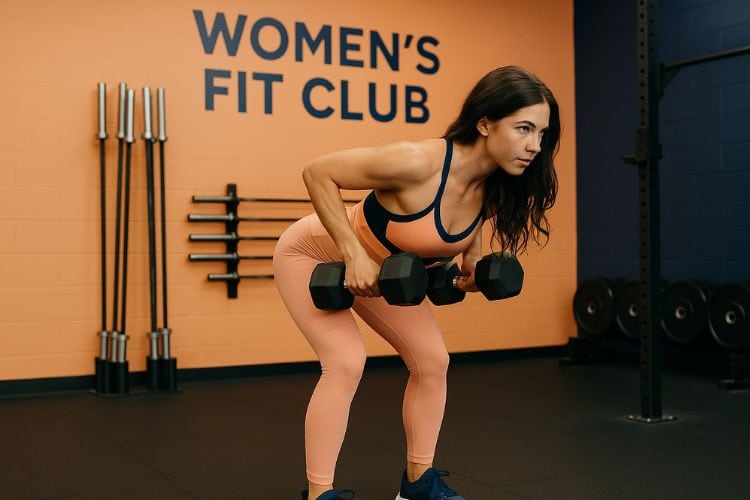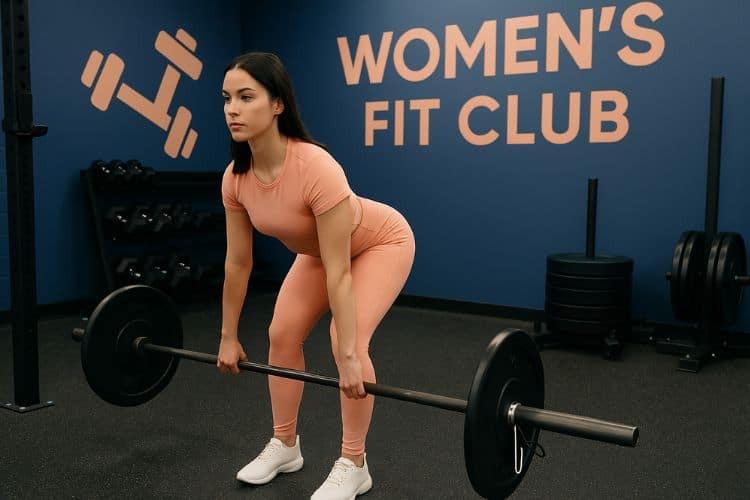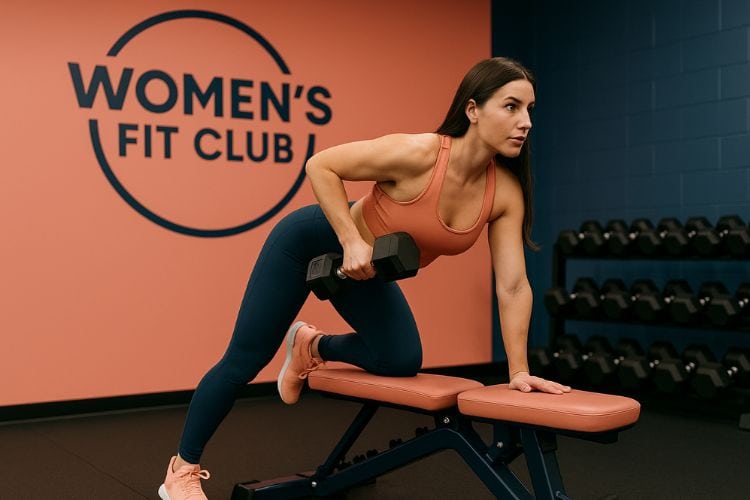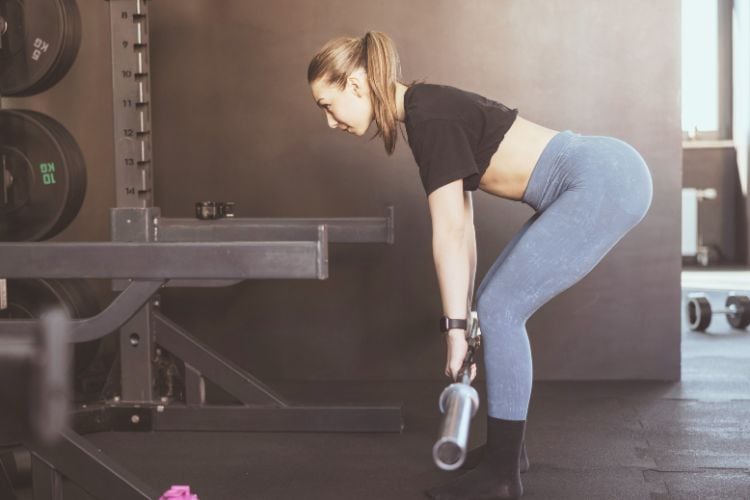Sign up for workout ideas, training advice, reviews of the latest gear and more.






Building muscle doesn’t have to take hours in the gym. With the right training strategy, you can target your entire body, stimulate muscle growth, and boost strength in just 30 minutes. Whether you’re short on time, looking for an efficient training option, or want to complement your existing fitness routine, a 30 minute full body muscle-building workout is one of the most effective ways to achieve results quickly.
This guide will walk you through the benefits, principles, and best exercises for a 30-minute full body muscle-building routine, plus tips on form, progression, and recovery to maximize gains.
Many people assume that longer workouts equal better results, but time efficiency often produces the best progress when paired with smart training principles. A short, intense 30-minute workout can be highly effective for muscle building because it focuses on:
This style of training can help you build lean muscle mass, improve strength, and increase metabolic rate—all in half the time of a typical gym session.
Before diving into the workout, let’s look at why full body training is a go-to method for building muscle quickly.
With a full body workout, you target every major muscle group in a single session, meaning you don’t need multiple gym days to hit all areas.
Training the whole body ensures symmetry and proportion in your physique, reducing the risk of muscle imbalances.
By engaging large muscle groups in one workout, you burn more calories, which helps with muscle definition and fat loss.
Full body sessions allow you to train each muscle group more often (2–3 times per week), which can lead to faster muscle growth.
Since you’re not overloading one muscle group each session, recovery tends to be faster compared to split training programs.
To grow muscle in a short timeframe, you must train smart. Here’s what matters most:
A 30-minute full body muscle-building workout can be done at home or the gym. Common equipment options include:
If you don’t have equipment, you can still build muscle with bodyweight progressions like push-ups, squats, and dips.
This workout targets all major muscle groups in a time-efficient way. Perform this routine 2–3 times per week, allowing at least one rest day between sessions.
Before lifting heavy, warm up to increase blood flow and prepare your muscles.
Muscles Worked: Quads, hamstrings, glutes, shoulders, core.
Hold dumbbells or a barbell at shoulder height, squat down, then press overhead as you stand. This powerful compound move works your lower and upper body in one motion.
Muscles Worked: Lats, traps, rhomboids, rear delts, biceps.
With dumbbells or a barbell, hinge forward at the hips, keep your back straight, and pull weights toward your torso. This builds a strong, muscular back and improves posture.
Muscles Worked: Chest, shoulders, triceps, core.
If you have a bench and barbell, do a bench press. If not, push-ups are an excellent bodyweight chest builder—make them harder by elevating your feet or adding weight.
Muscles Worked: Hamstrings, glutes, lower back.
Hold a barbell or dumbbells, hinge at the hips with a slight knee bend, and lower weights until you feel a stretch in your hamstrings, then return to standing.
Muscles Worked: Lats, biceps, traps, forearms.
If pull-ups are too challenging, use resistance bands for assistance or substitute with lat pulldowns.
Muscles Worked: Core, shoulders, stabilizers.
Start in a high plank and tap each shoulder alternately without rotating your hips. This improves core strength and stability.
To get the most from your short workout window, focus on efficiency and intensity.
Pair two exercises back-to-back (e.g., bent-over rows and push-ups) to save time and keep muscles engaged.
Good technique ensures maximum muscle activation and reduces injury risk.
Log weights, reps, and sets so you can progressively overload over time.
Keep rests short—45 to 90 seconds—to maintain intensity.
Beginners can start with lighter weights and fewer sets, while advanced lifters can add resistance or slow tempos for extra challenge.
A great workout is only half the equation—nutrition plays a key role in building muscle.
Aim for 1.6–2.2 grams of protein per kg of body weight daily. Good sources include chicken, fish, eggs, beans, and protein shakes.
You need a caloric surplus to build muscle. Focus on nutrient-dense foods like lean meats, whole grains, healthy fats, and vegetables.
Eating protein and carbs within an hour after your workout can aid muscle recovery and growth.
Dehydration can reduce performance and slow recovery—drink water consistently throughout the day.
Muscles grow outside the gym when you rest and recover.
| Day | Workout Type |
|---|---|
| Monday | Full Body Muscle-Building Workout |
| Tuesday | Rest or Light Cardio |
| Wednesday | Full Body Muscle-Building Workout |
| Thursday | Rest or Mobility Training |
| Friday | Full Body Muscle-Building Workout |
| Saturday | Active Recovery (Yoga, Walking) |
| Sunday | Rest |
A full body muscle-building workout in just 30 minutes is not only possible—it’s incredibly effective when done correctly. By focusing on compound lifts, progressive overload, and short rest periods, you can achieve significant gains in strength and muscle mass without spending hours in the gym.
Stay consistent, track your progress, and combine your training with proper nutrition and recovery, and you’ll see your physique transform over time.
This time-efficient training style is perfect for busy individuals who still want maximum results in minimum time—so grab your weights, set your timer, and get started today.
Want more workout and video guide?
Follow us on Pinterest, Facebook, and Subscribe to our Newsletter and Stay tuned for FREE downloads of our App coming soon!
Stay up to date on the latest women’s health, fitness and lifestyle trends and tips.